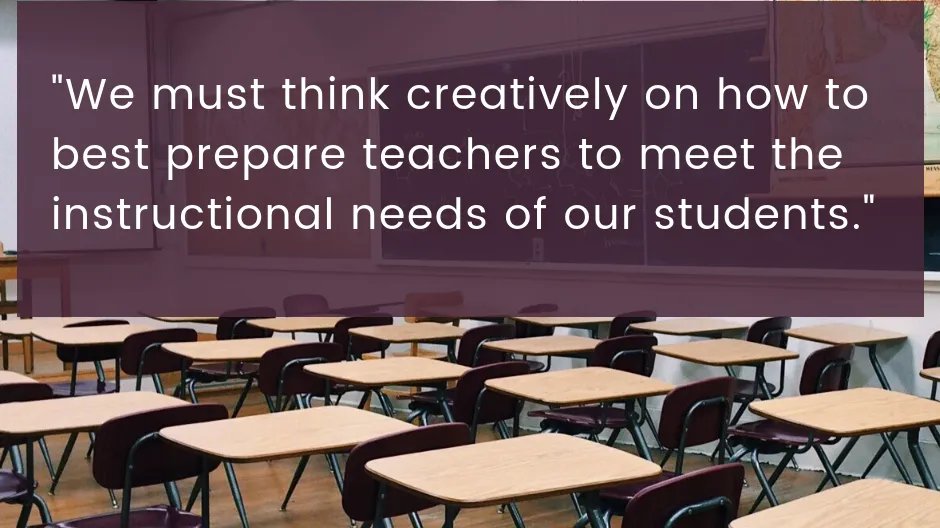Specialist Spotlight: How to use technology to improve instruction for ELLs with Bret Gosselin from Garland ISD


Specialist Spotlight: How to use technology to improve instruction for ELLs with Bret Gosselin from Garland ISD
Bret Gosselin currently serves as a secondary EL Instructional Specialist at Garland ISD, located near Dallas, Texas. Bret’s professional areas of focus are assisting newcomers through LTELs in finding their paths to success. Through his ten years of teaching high school ELs and three years as in instructional leader, he has come to understand the importance of the educator role in meeting this goal. At home, however, his attention turns to his hobby farm where he works with his family raising sheep and alpacas.
We asked Bret a few questions about how he empowers others to improve instruction for all students.
1) How are you using Ellevation Strategies to support your colleagues who have ELLs in their classes?
Garland is considerably large with eight high schools in three very distinct communities. Our students represent a wide range of social and linguistic backgrounds that makes each campus truly unique from one to another. While this diversity is one of our greatest assets, it is often challenging to ensure teachers are getting the professional learning that they need.
These challenges can transform into excuses for ineffectiveness without the proper solutions. To overcome this struggle, we must think creatively on how to best prepare teachers to meet the instructional needs of our students. One such effort utilizes technology to develop a collaborative community of professional learning. Right now, a main area of focus for me is assisting teachers to take advantage of the resources in Ellevation. This year I have started a video series using Soapbox to highlight Ellevation activities and how teachers can incorporate them in their lessons.
In the video, I walk through the resources Ellevation provides for the activity and then I apply it to a real learning experience so teachers can better envision how it looks in practice. I send the videos out in our weekly newsletter and then store them in our Outlook group’s notebook for future reference. This way, teachers can learn new methods to enhance their instruction efficiently and on their own time. This also lets them think and plan creatively since they are engaging with the content on their terms and when they are ready to receive it.
2) What is your favorite instructional activity or one you recommend frequently? Why?
I find myself recommending Guided Notes frequently because it is a natural first step toward providing linguistic accommodations for many teachers. Taking notes is an instructional practice that we readily recognize and have experience with. By adding the supports that Ellevation provides however, we are able to address a much larger range of instructional needs. Teachers see how they can easily chunk the lesson, provide writing support with sentence frames, and allow for on-topic peer discussion. I find that once a teacher has these scaffolds down in this context, they are better able to envision how other strategies can be incorporated into their routines.
3) What are 3 of your top tips, tricks or techniques that you employ when working with classroom teachers to help them better understand and teach ELLs?
I want to emphasize to teachers the development of their professional skill set more than anything. I try to support their understanding of the purpose behind the strategies they employ rather than just the strategy itself. When coaching teachers, I guide them to look for resources that:
- Address content and language simultaneously and allow all students to participate together as much as possible.
- Incorporate the use of multiple language domains.
- Maintain focus on the big picture of the learning so ELs can make sense of the details they encounter within each lesson.
What I love about Ellevation Strategies is that they accomplish each of these goals. I can coach teachers in best practices and then follow up with resources that are already prepared. Teachers are excited to see that their instructional challenges have attainable solutions and are eager to both try them out and share with their colleagues.